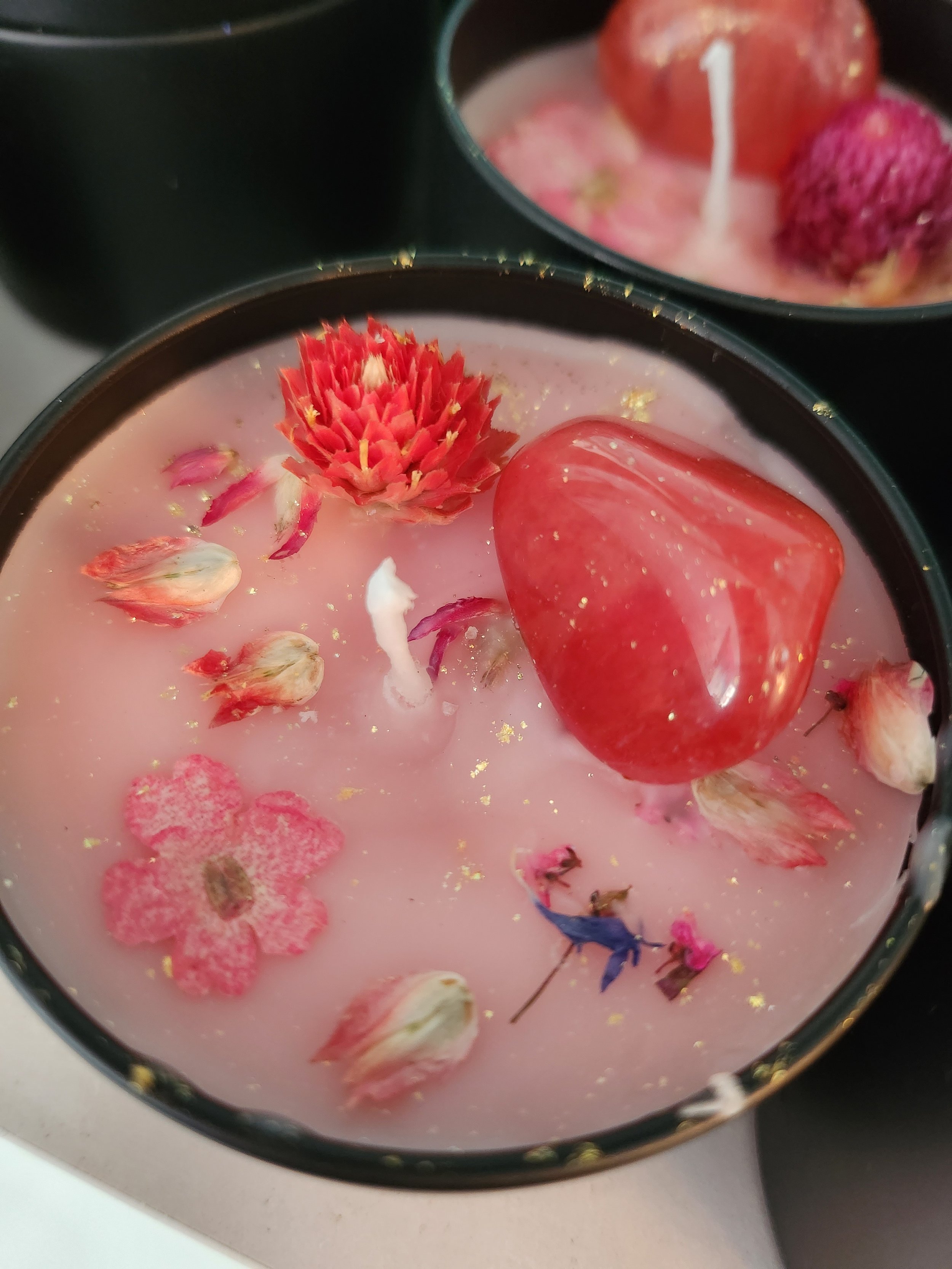Moon Phases Plantable Herb Seed Card Greeting Card
These greeting cards feature our original illustrations. They are printed on plantable white paper, which is embedded with herb seeds and made from post-consumer waste.
To plant the paper, cover it with 1/8" of soil in full to partial sun and keep moist until the seeds establish. The seeds include Parsley, Chive, and Basil.
• A2 size / 4.25 x 5.5"
• Comes with a recycled kraft envelope
• Folded and blank inside
• Shelf life of 2 years
These greeting cards feature our original illustrations. They are printed on plantable white paper, which is embedded with herb seeds and made from post-consumer waste.
To plant the paper, cover it with 1/8" of soil in full to partial sun and keep moist until the seeds establish. The seeds include Parsley, Chive, and Basil.
• A2 size / 4.25 x 5.5"
• Comes with a recycled kraft envelope
• Folded and blank inside
• Shelf life of 2 years
These greeting cards feature our original illustrations. They are printed on plantable white paper, which is embedded with herb seeds and made from post-consumer waste.
To plant the paper, cover it with 1/8" of soil in full to partial sun and keep moist until the seeds establish. The seeds include Parsley, Chive, and Basil.
• A2 size / 4.25 x 5.5"
• Comes with a recycled kraft envelope
• Folded and blank inside
• Shelf life of 2 years
Caring for a plantable greeting card involves taking a few simple steps to ensure the successful growth of the embedded seeds. Here's a guide on how to care for a plantable greeting card:
Choose the right environment: Plantable greeting cards usually contain seeds that require specific conditions to germinate and grow. Determine the type of seeds embedded in the card and find out their preferred environment. Common seeds include wildflowers, herbs, or vegetables.
Timing: Plant the card at an appropriate time, considering the seeds' growing season. Check the seed packet or the instructions provided with the card for guidance on the best time to plant.
Prepare the soil: Select a suitable location for planting, whether it's a garden bed, a pot, or a suitable outdoor spot. Ensure the soil is well-draining and free from weeds or debris. If using a pot, make sure it has drainage holes.
Soak the card: Before planting, soak the card in water for a few hours or as directed on the instructions. This helps soften the paper and allows the seeds to absorb moisture.
Planting: Place the card on top of the prepared soil and lightly press it down to ensure good contact between the seeds and the soil. If the card is too large, you can tear it into smaller pieces and plant them separately. Alternatively, you can shred the card and spread it over the planting area.
Watering: After planting, water the card gently to keep the soil moist but not waterlogged. Use a watering can or a gentle spray to avoid dislodging the seeds or damaging the paper. Continue to water regularly as needed, following the watering requirements of the specific seeds.
Sunlight: Most plantable seeds require adequate sunlight to germinate and grow. Ensure the planted card receives the recommended amount of sunlight each day based on the seeds' requirements. If growing indoors, place the card near a bright window or under grow lights.
Patience and care: Be patient and provide consistent care. Keep an eye on the planted card, ensuring it stays moist and protected from extreme weather conditions. Remove any weeds that may compete with the growing seedlings.
Growth and transplanting: As the seeds germinate and grow, monitor their progress. Once the seedlings have developed several sets of true leaves and are sturdy enough, consider transplanting them to a larger pot or directly into the garden, following the specific plant's requirements.
Remember that different plantable greeting cards may have different instructions or variations in care, so always refer to the instructions provided with the card or the seed packet for the best results.











